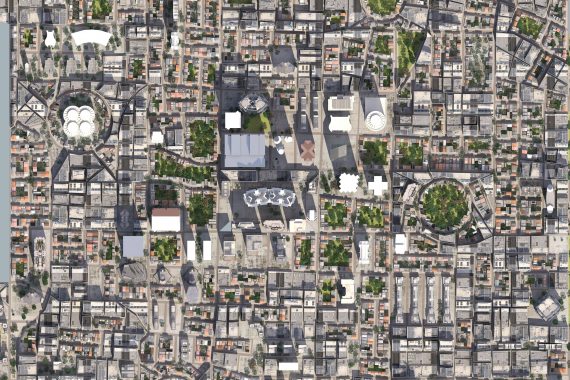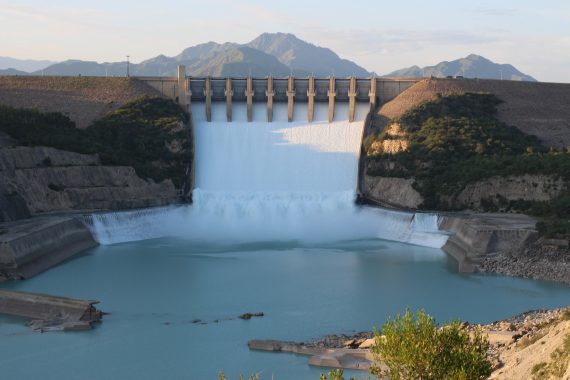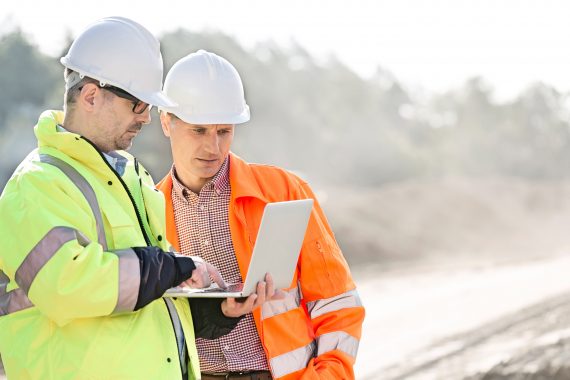BUILDING CODE COMPLIANCE
Seismic monitoring systems provide data and information on the behavior of buildings leading to improved understanding and better design codes. For these reasons, many municipalities (e.g., City of Los Angeles in California) require seismic instrumentation or offer benefits such as reduced post-event inspection requirements (e.g., Building Occupancy Resumption Program or BORP in San Francisco, California).
Learn more
CALIFORNIA STRONG MOTION INSTRUMENTATION PROGRAM (CSMIP)
Over the last decades, we have delivered reliable instrumentation, data processing, and system-integration technologies for CSMIP. Our dedicated CSMIP project-managers ease the complexities stakeholder may experience at the project implementation level.
Learn more
SEISMIC RISK GOVERNANCE
After an earthquake, the spread of information between operators, organizations, and the general public can easily become misguided. Our risk governance projects centralize communications and mitigate risks in order to reduce panic during state of emergencies.
Learn more
STRUCTURAL HEALTH MONITORING
Structural Health Monitoring (SHM) is the process of assessing a structure’s state-of-health or integrity from real-time and event-response data. The goal of SHM is to improve safety and reliability by detecting damage before it reaches a critical state. Additionally, SHM systems enable rapid and enhanced post-event assessment, such as after a potentially damaging earthquake.
Learn more
SEISMIC HAZARD & RISK ASSESSMENTS FOR URBAN AREAS
Urban areas in seismically active regions are under the risk of earthquake-induced damage and loss. Seismic risk assessment is the quantification of seismic hazard as well as vulnerability and exposure of the built environment to the hazard. Once the risk is realistically quantified, effective mitigation and management actions can be taken to improve the resiliency.
Learn more
SEISMIC SOIL-FOUNDATION-STRUCTURE INTERACTION (SFSI) ASSESSMENTS
Seismic performance evaluation of critical structures such as tall and ultra-tall buildings, power plants, industrial facilities, wind tribunes and similar, requires analysis of the soil, foundation and superstructure system together considering the Soil-Foundation-Structure Interaction (SFSI) effects.
Learn more
SEISMIC ASSESSMENTS OF TRANSPORTATION INFRASTRUCTURE & LIFELINE SYSTEMS
Performance of transportation infrastructure (port, airport, road, bridge, railway, etc.) and lifeline (water, gas, electric, telecommunication, etc.) systems under seismic loads has critical importance in earthquake resiliency, emergency response, and disaster management.
Learn more
SEISMIC STABILITY & DEFORMATION ASSESSMENTS FOR GEOTECHNICAL STRUCTURES
Dams, retaining structures, embankments, and natural slopes that are located in seismically active areas pose a high risk if not verified for stability and level of deformations under earthquake loads.
Learn more
SITE CHARACTERIZATION FOR SEISMIC GROUND RESPONSE ASSESSMENTS
Local site conditions have a significant effect on ground response during seismic excitations. We are already the world leading experts in implementation, operation & maintenance of seismic monitoring systems. We are now providing the capacity of delivering site characterization information to aid in understanding and interpretation of data collected from such systems as well as to provide the input data that is necessary for any seismic analyses and design.
Learn more









